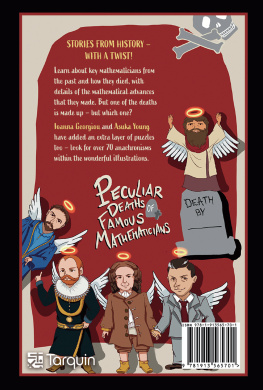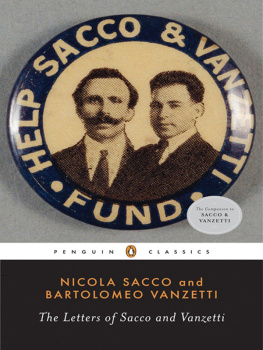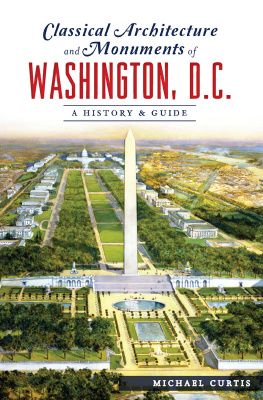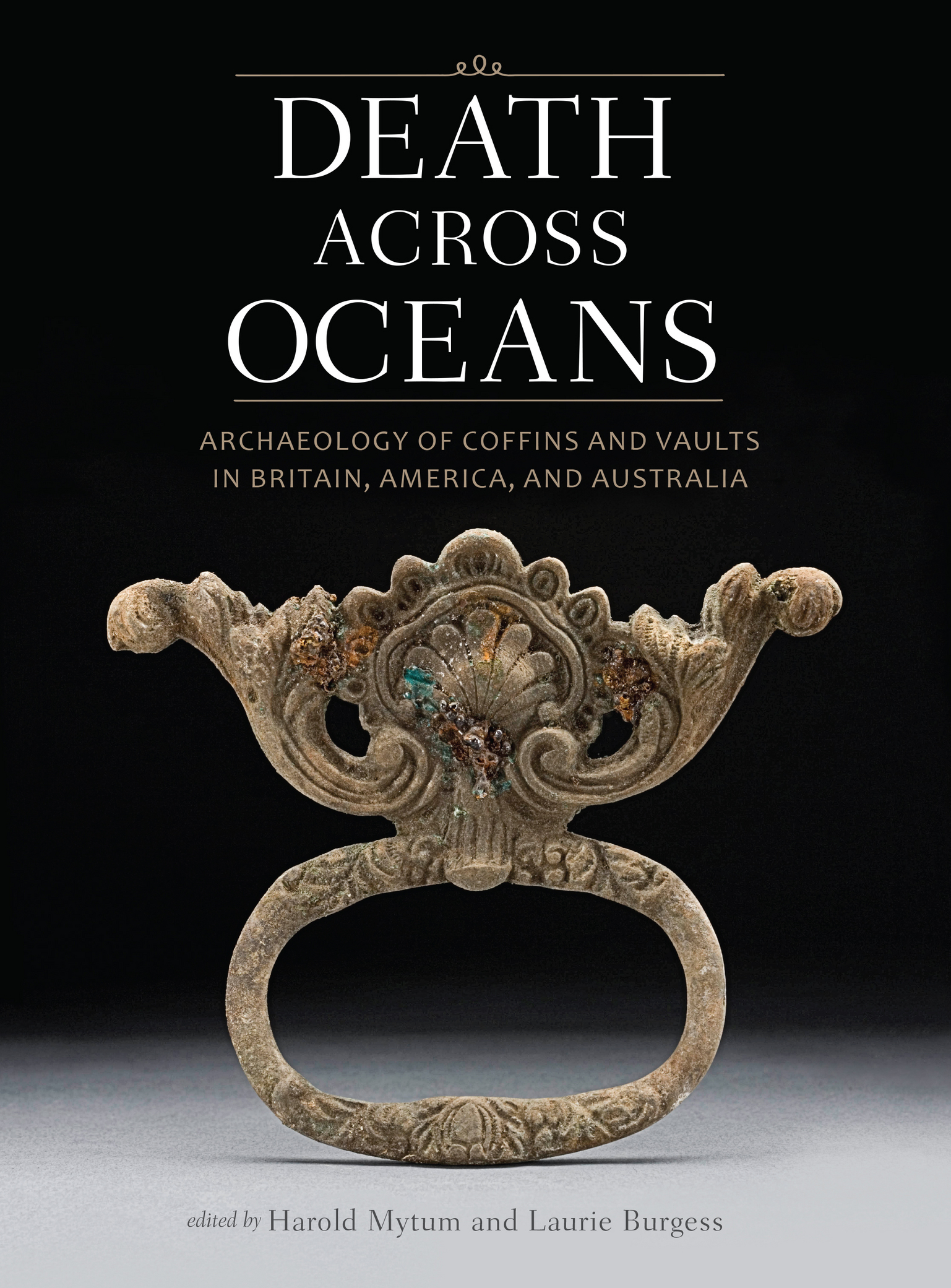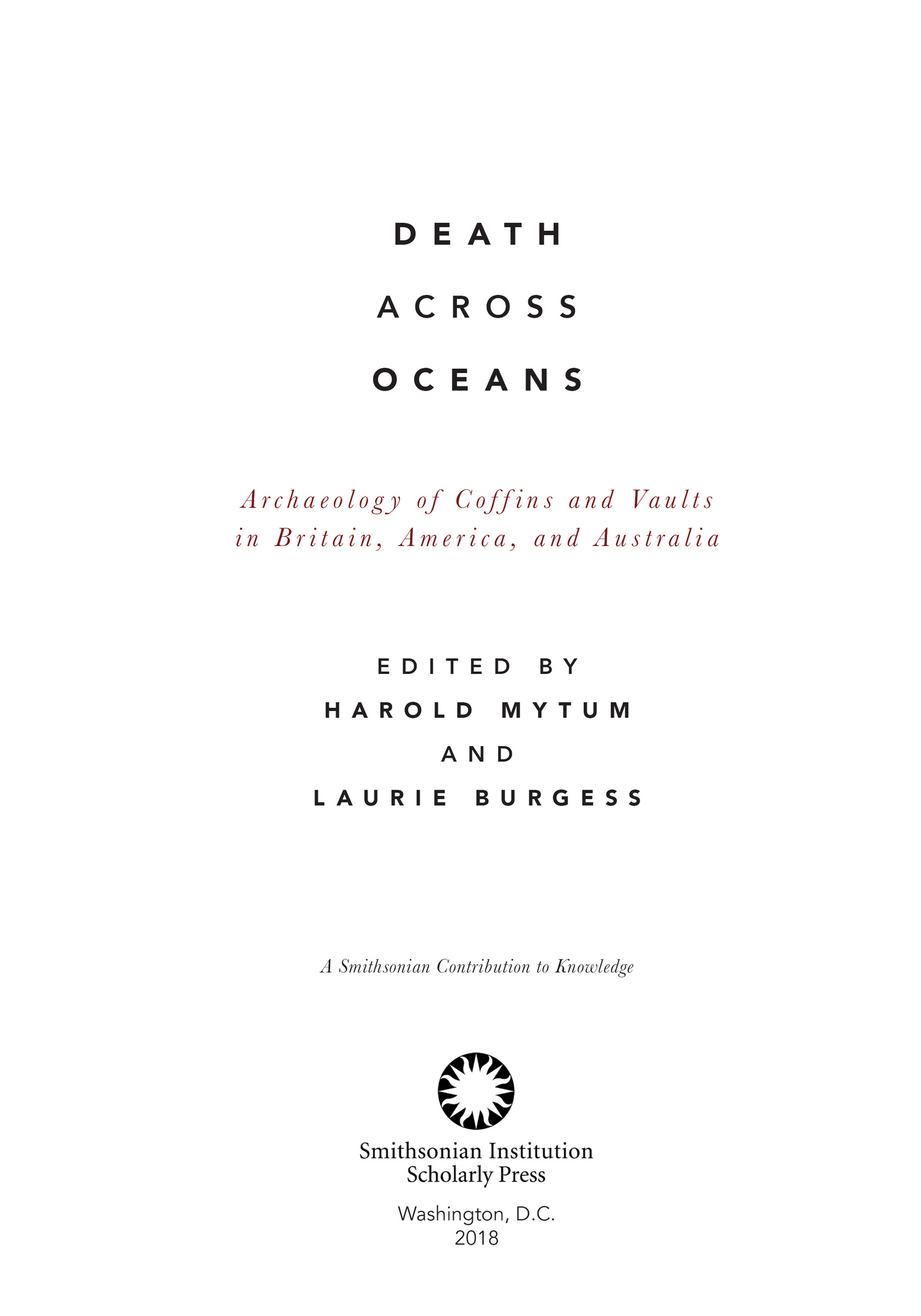Contents
Contents
Published by
SMITHSONIAN INSTITUTION SCHOLARLY PRESS
P.O. Box 37012, MRC 957
Washington, D.C. 20013-7012
https://scholarlypress.si.edu
Compilation copyright 2018 by Smithsonian Institution
All rights reserved. No part of this publication may be reproduced, stored in a retrieval system, or transmitted in any form or by any means, electronic, mechanical, photocopying, recording, or otherwise, without the prior permission of the publisher.
Cover image: Sterling silverplated brass single-lug coffin handle from the Coombe vault in Washington, D.C. Photo by Chip Clark. Courtesy of Smithsonian Institution.
Library of Congress Cataloging-in-Publication Data:
Names: Mytum, H. C., editor. | Burgess, Laurie E., editor. | Smithsonian Institution Scholarly Press, publisher. | Smithsonian Institution.
Title: Death across oceans : archaeology of coffins and vaults in Britain, America, and Australia / edited by Harold Mytum and Laurie E. Burgess.
Other titles: Archaeology of coffins and vaults in Britain, America, and Australia
Description: Washington, D.C. : Smithsonian Institution Scholarly Press, 2018. | Series: A Smithsonian contribution to knowledge | Copyright 2018 by the Smithsonian Institution. | Includes bibliographical references and index.
Identifiers: LCCN 2017045419 (print) | LCCN 2017047244 (ebook) | ISBN 9781944466169 (ebook) | ISBN 9781944466152 | ISBN 9781944466152(hardcover) | ISBN 9781944466169(ebook)
Subjects: LCSH: Funeral rites and ceremoniesGreat BritainHistory. | Funeral rites and ceremoniesNorth AmericaHistory. | Funeral rites and ceremoniesAustraliaHistory. | Human remains (Archaeology)Great BritainHistory. | Human remains (Archaeology)North AmericaHistory. | Human remains (Archaeology)AustraliaHistory. | BurialGreat BritainHistory. | BurialNorth AmericaHistory. | BurialAustraliaHistory. | CoffinsGreat BritainHistory. | CoffinsNorth AmericaHistory. | CoffinsAustraliaHistory. | TombsGreat BritainHistory. | TombsNorth AmericaHistory. | TombsAustraliaHistory.
Classification: LCC GT3150 (ebook) | LCC GT3150 .D396 2018 (print) | DDC 393.09dc23 | SUDOC SI 1.60:D 34
LC record available at https://lccn.loc.gov/2017045419
ISBN-13:9781944466152 (print)
Ebook ISBN9781944466169
A full subject index is included in the print edition.
v5.3.1
a
CHAPTER 1
United in Death? A Comparative Introduction to Historic Mortuary Culture
Harold Mytum
For tens of thousands of years, cultures have confronted death in unique ways that inform archaeologists about beliefs, social structure, economy, and a wide range of cultural practices. Some modes of body disposal, such as excarnation or placing in water, may leave little trace; others such as cremation transform the evidence (Thompson, 2015). In the historic period, however, most mortuary practice has centered around interment, which often provides the archaeologist with the greatest potential for data recovery and analysis. The acquisition of mortuary data from the historic period raises a number of ethical and practical issues that are similar to some ethnographic contexts but also unique because of the range of interested parties and the prospect for alternative data sets such as images, oral history, and documents that might suggest that scientific investigation of the relatively recently deceased is unnecessary. Ethical issues remain, as briefly discussed below, but studies of human remains and the insights they have provided on past health and life experiences and the analysis of cultural data that is the focus of this volume have indicated the rich potential of mortuary data. To date, historical archaeologists have tended to concentrate on either the biological remains from burials or the aboveground commemorative monuments, with relatively few studies of the coffins and their fittings and the structures designed and constructed to protect burials such as vaults and mortsafes. It is the purpose of this volume to address this imbalance by providing the first publication to offer a wide-ranging and comparative perspective on these important aspects of past material culture and the practices and attitudes that they represent. Historic skeletal studies have recently been reviewed elsewhere for a range of perspectives (Sofaer, 2006; Blau and Ubelaker, 2009; British Association of Biological Anthropology and Osteoarchaeology, 2010; Renshaw and Powers, 2016), and similarly, gravestones have likewise attracted synthetic works on both sides of the Atlantic (Mytum, 2004; Veit and Nonestied, 2008; Baugher and Veit, 2014). In contrast to these relatively well studied aspects of mortuary practice and culture, the contributors to this volume consider other material aspects that have received only cursory attention or have not been placed in their wider comparative context.
Of the few exceptions, many of the most significant scholars (Hacker-Norton and Trinkley, 1985; Garrow, 1987; Tarlow, 1999; Sprague, 2005) have here contributed updates to their earlier work. Sadly, many discoveries, including even those involving large data sets, have been reported only through gray literature reports in all parts of the globe; this limited distribution of results has impeded sharing of discoveries and recognition of patterns across time and space, and this lack of accessibility needs to be addressed (see Mytum and Burgess, this volume).
The first substantial studies of coffins and their fittings took place on both sides of the Atlantic in the 1980s, but the types of available evidence and approaches taken to the data have varied significantly. In Britain the most influential were Littens (1985) summary of types of burial vaults and the clearance of the crypt of Spitalfields church, London (Adams and Reeve, 1987; Reeve and Adams, 1993). In North America the seminal studies were from New England by Bell (1990) and in the southeast by Hacker-Norton and Trinkley (1985) and Garrow (1987). Sufficient material was available by the early 1990s, largely from North America, for a substantial annotated bibliography to be published (Bell, 1994); in Britain a more historical synthesis was provided (Litten, 1991). The most important data from North America came from earth-dug graves and extended chronologically into the early twentieth century, but most British data were of the late eighteenth and first half of the nineteenth centuries, and that which could be securely dated was largely from crypts and vaults.
In the following couple of decades, several more crypt clearances have been undertaken in Britain (Boyle et al., 2005; Boston et al., 2009), and they have been augmented by substantial excavations of churchyards (Brickley and Buteux, 2006; Miles et al., 2008; Emery and Woodbridge, 2011; Rodwell et al., 2011). Nonconformist burial grounds, including those of Quakers, have also been studied (Bashford and Sibun, 2007), although many of these sites are individually small (McCarthy et al., 2012). Some significant institutional and nondenominational burial grounds have also been excavated and researched (Fowler and Powers, 2012; Miles and Connell, 2012). Many smaller-scale projects have also augmented the data sets, although with varying degrees of preservation, especially of fittings associated with earth burials, and some major projects have yet to enjoy the level of post-excavation study that they deserve. A recent review of historic burial excavation in Britain and Ireland has revealed the extent of excavation to date and provides an important preliminary overview of the evidence, although much further analysis remains to be done (Cherryson et al., 2012). Methodological advances have led to protocols for large-scale work that often has to be completed within the conflicting demands of tight development schedules and the ethics of exhumation and data recovery (Emery and Wooldridge, 2011; Advisory Panel on the Archaeology of Burials in England, 2013).



